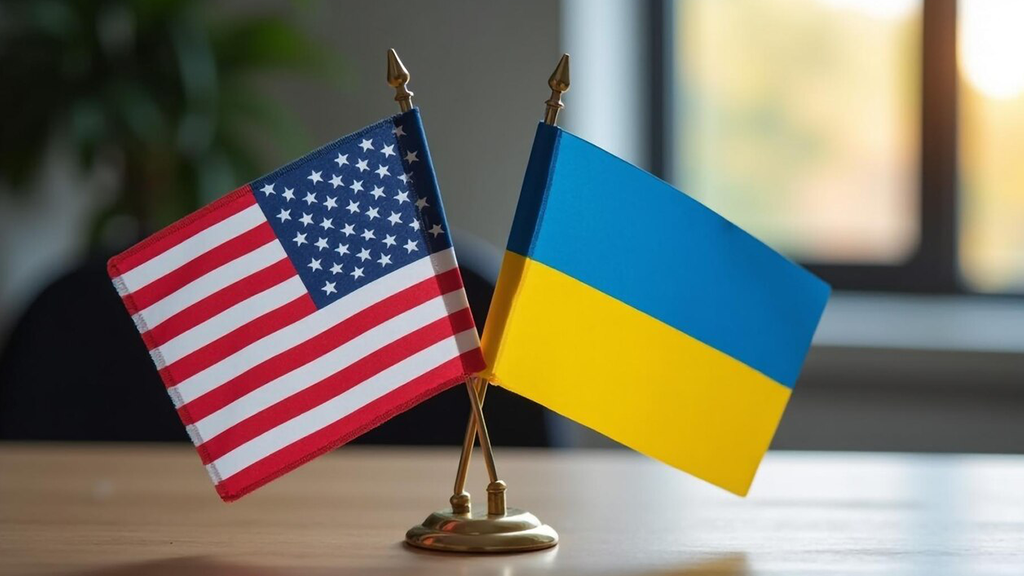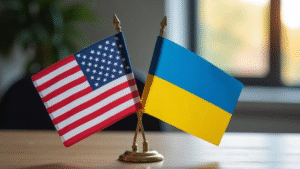

When the stakes are high and markets shift faster than yesterday’s headlines, the real advantage isn’t capital or connections — it’s learning velocity.
Picture two CEOs running similar companies in the same industry. One grows exponentially, while the other stagnates. Same market. It’s the same talent pool. What’s the difference?
It’s not hustle. It’s learning adaptability—the speed and quality of one’s absorption, synthesizing, and applying insight before the rest even notice the trend.
High-performance CEOs treat learning not as a passive habit but as a strategic system built into their daily operating rhythm. They don’t wait for quarterly offsites. Learning happens on the fly — through deliberate exposure to noise, signal, contradiction, and edge thinking.
Think of it like compounding interest. CEOs who learn at 1.01x daily grow exponentially compared to those stuck at 1.00x — subtle at first, staggering over time.
Let’s break it down:
The brightest CEOs don’t sit alone with books. They surround themselves with what Marc Andreessen calls “idea flow environments”—executive coaches, contrarian thinkers, and even younger staff who challenge old assumptions.
They ask uncomfortable questions:
“What am I missing that a 26-year-old intern sees clearly?”
They don’t read more—they read better. They read executive briefings, condensed memos, and podcasts at 2x speed. Tools like Readwise, Blinkist, Synthesia, or private AI summarizers now act like personalized research analysts.
The goal? Extract leverage from data, not drown in it.
Exceptional CEOs manufacture small-scale failures—controlled experiments—to test ideas in the market before committing large amounts of capital. They see setbacks as tuition fees, not mistakes.
While others fear being wrong, they fear being slow.
They don’t just learn about business. They explore philosophy, design, neuroscience, and behavioral economics. Why? Because breakthrough thinking usually cross-pollinates from distant fields, not adjacent ones.
Satya Nadella reads poetry. Jeff Bezos is obsessed with physics. It’s no accident.
Fast-learning CEOs don’t hoard knowledge—they scale it. They push it into the company’s bloodstream via internal newsletters, curated Slack channels, reverse mentoring, rotating book clubs, or war-room debates.
When a CEO learns alone, it’s a hobby. When the company learns with them, it becomes a competitive flywheel.
Experience is no longer a moat — it’s often a trap. Old patterns fail faster now. What used to work five years ago might collapse tomorrow.
So the premium now shifts from “what you know” to “how fast you can update what you know.”
As Naval Ravikant puts it:
“Play long-term games with long-term people, but update your strategy in the short term, as if your survival depends on it.”
In today’s world, you don’t get beat by bigger players—you get beat by faster learners.








© THE CEO PUBLICATION 2021 | All rights reserved. Terms and condition | Privacy and Policy